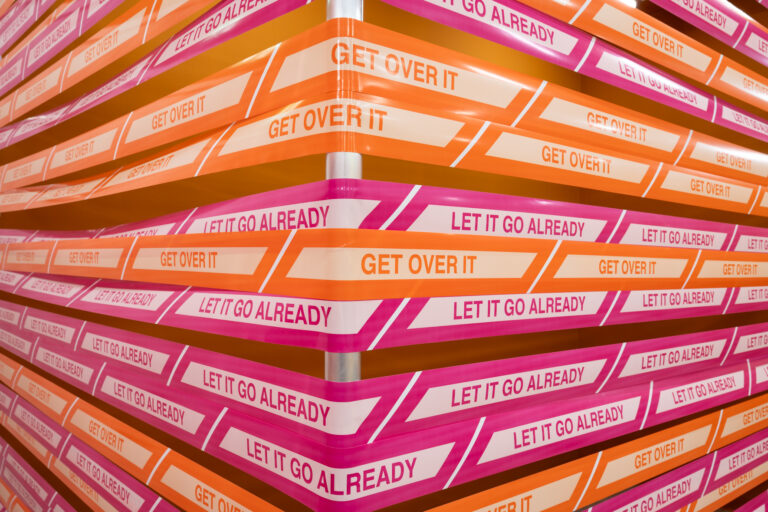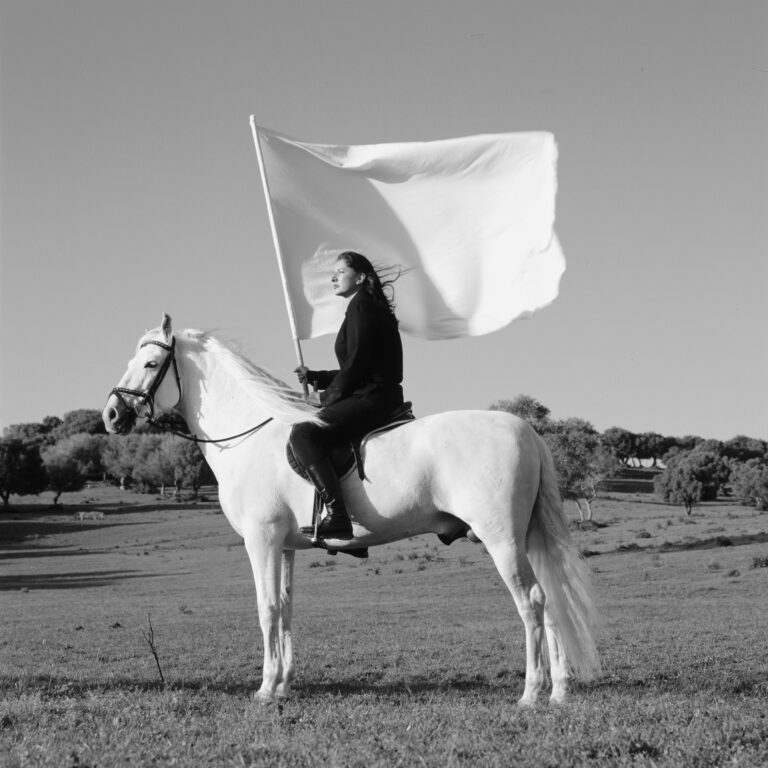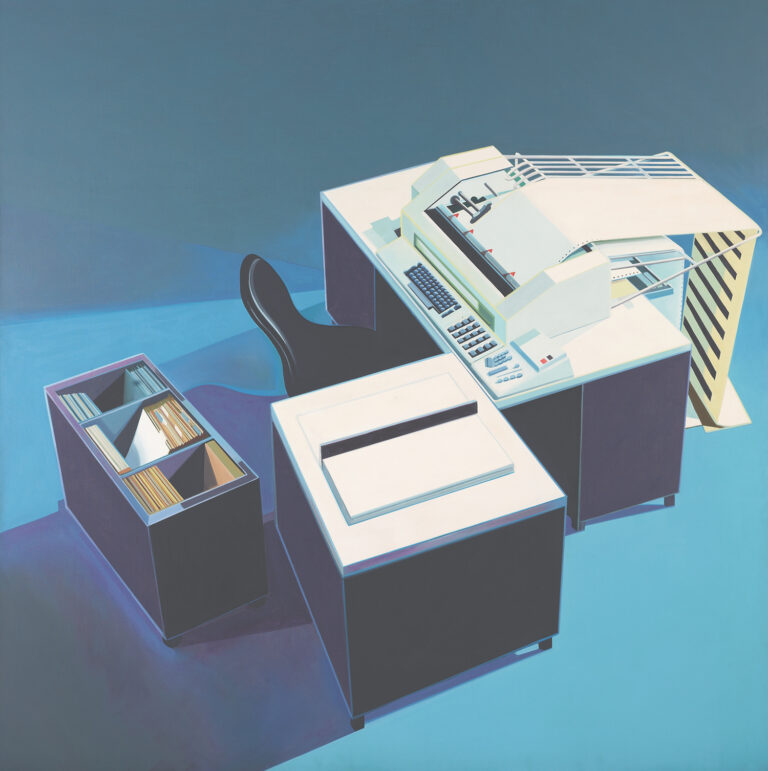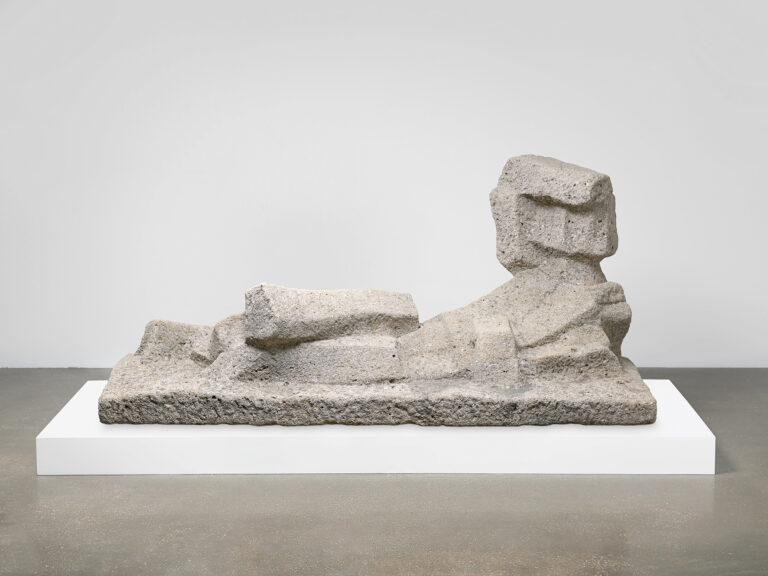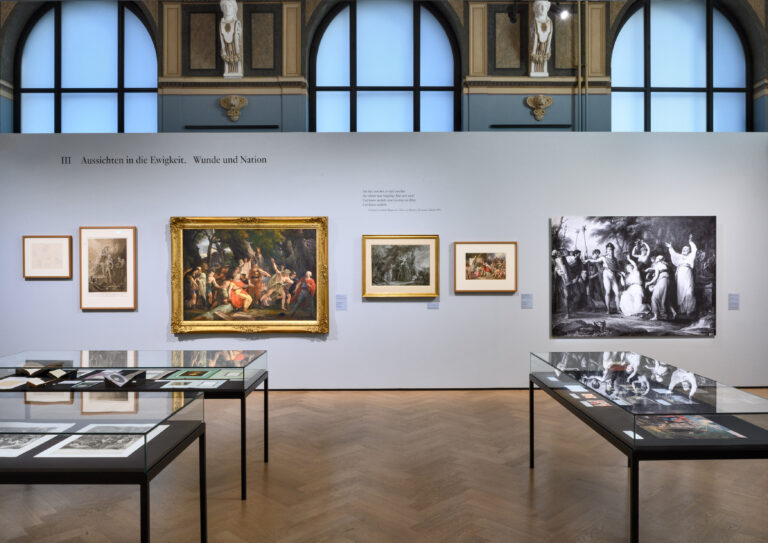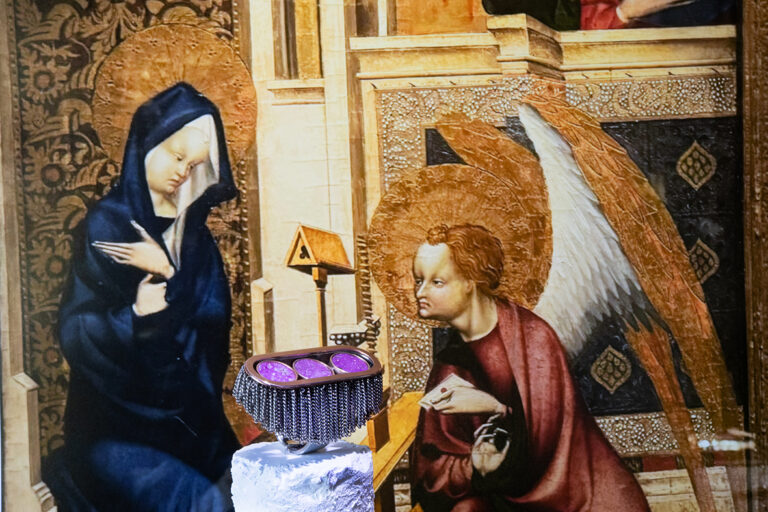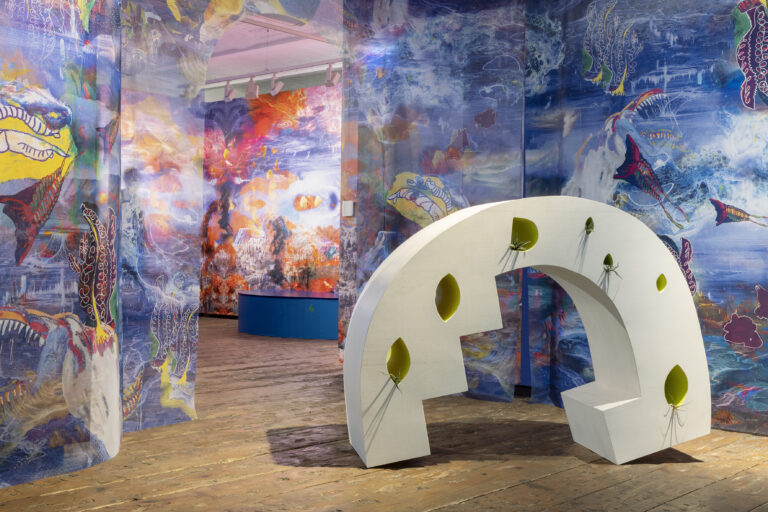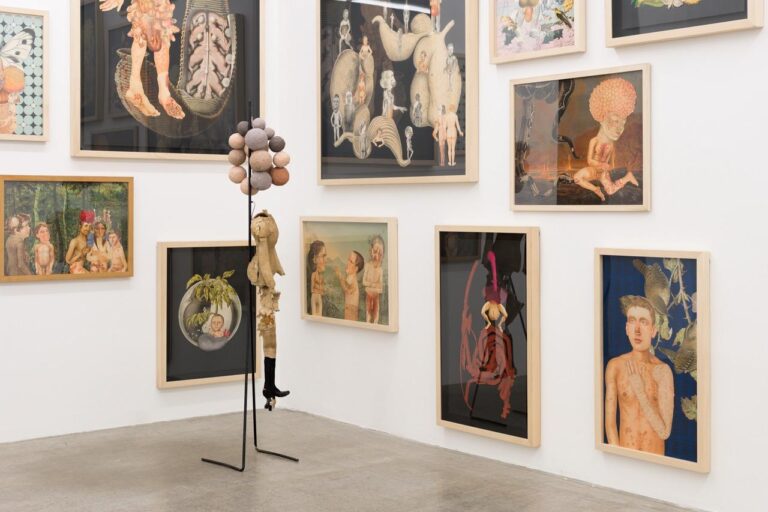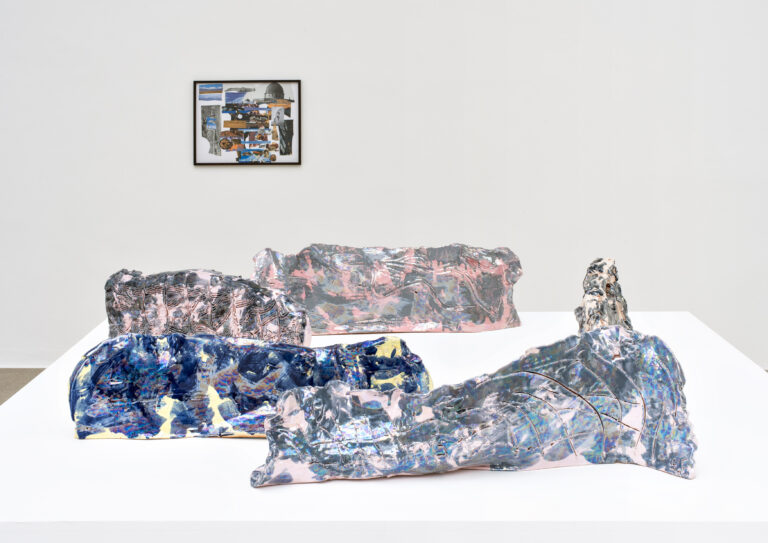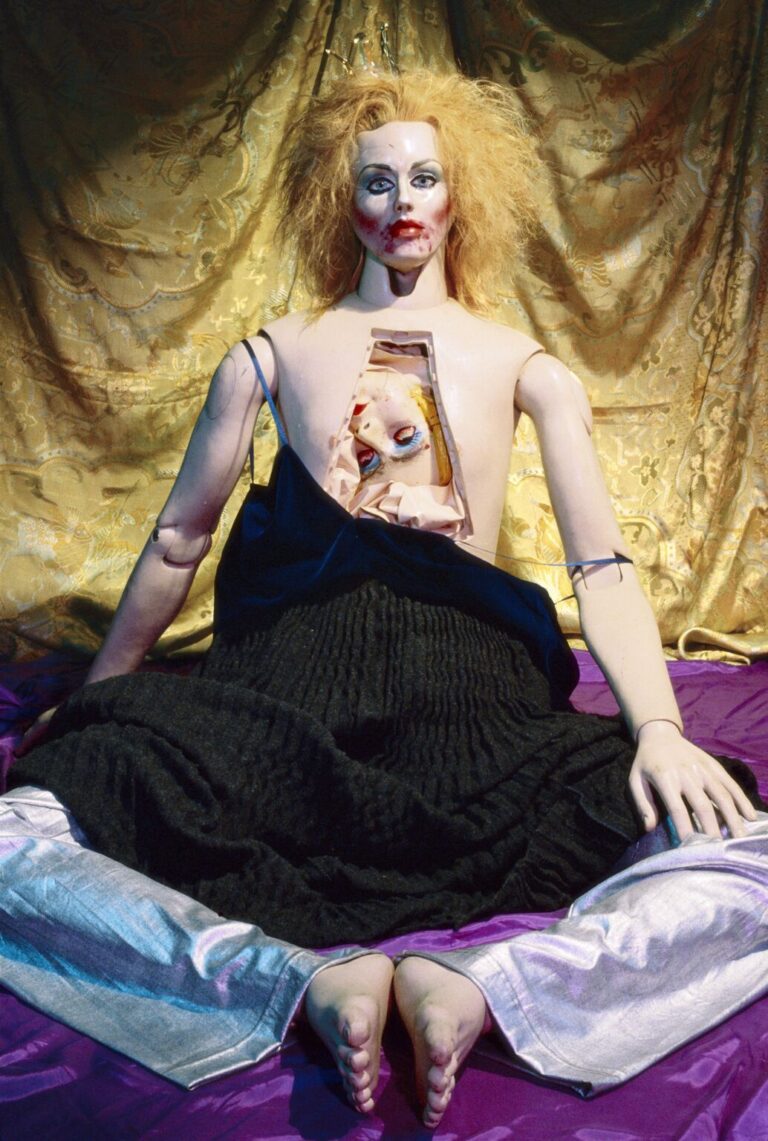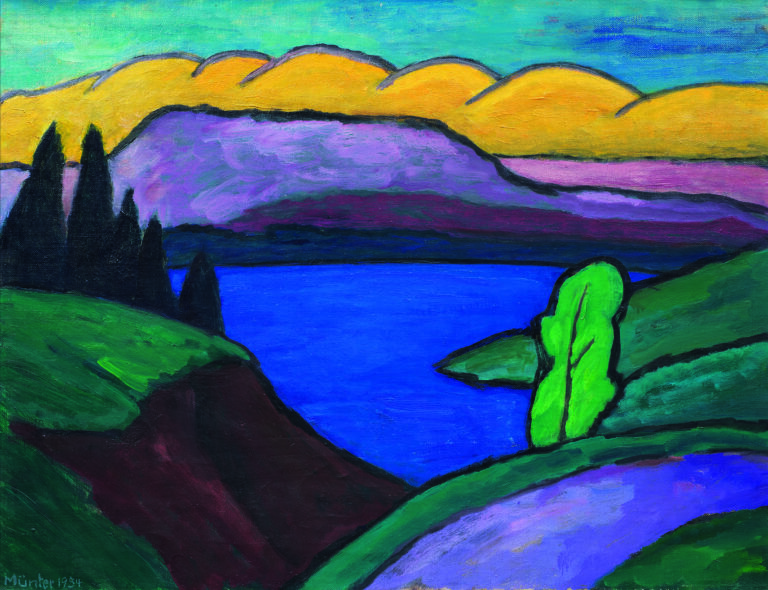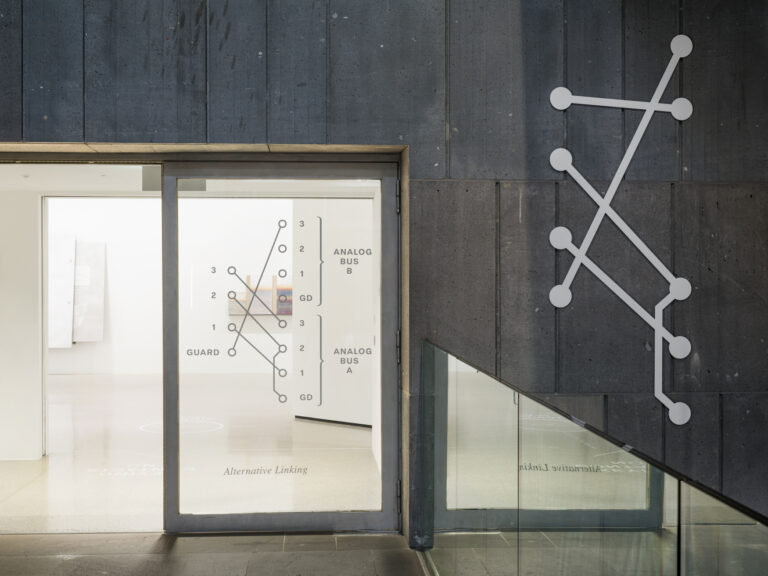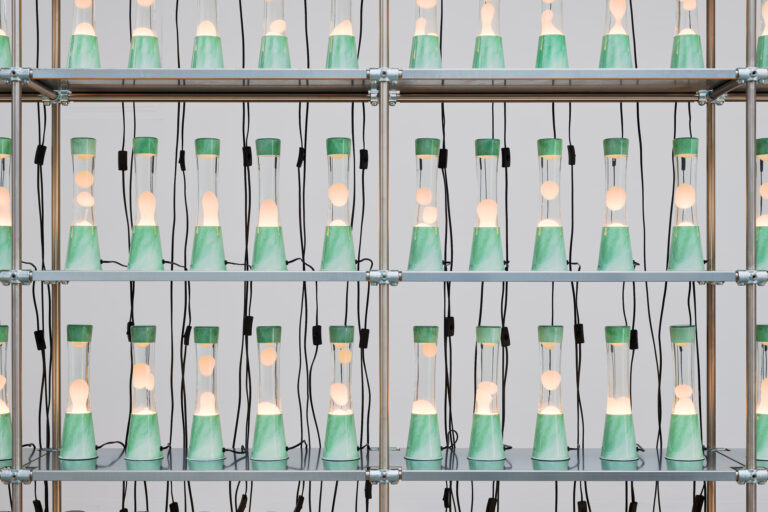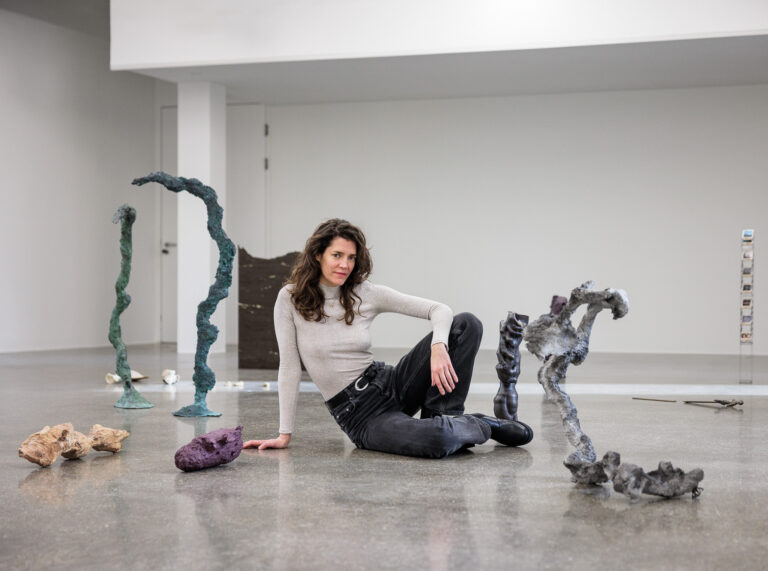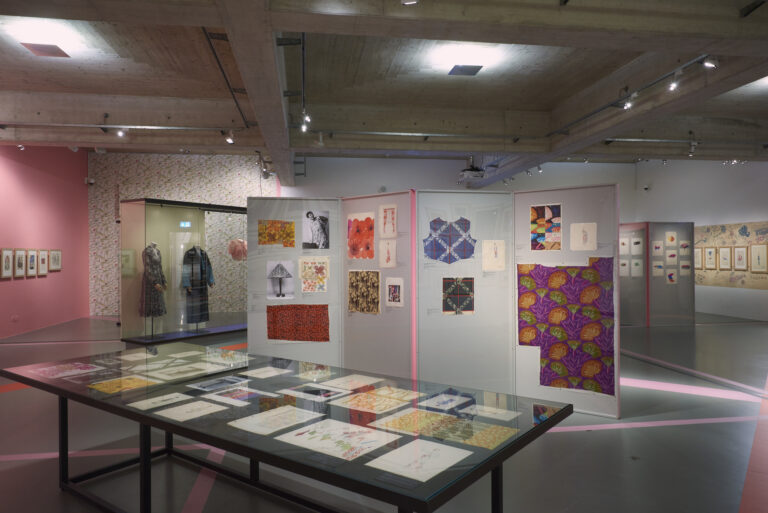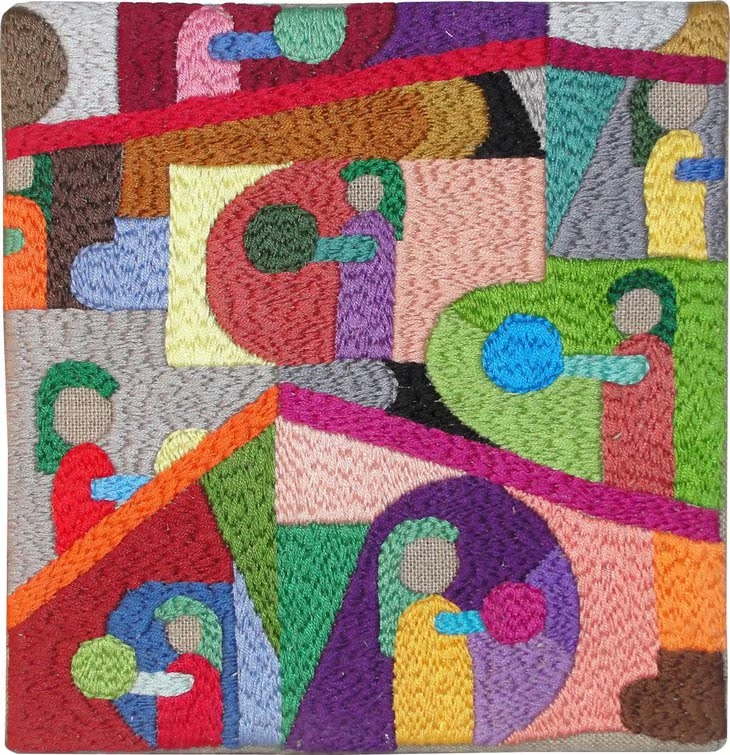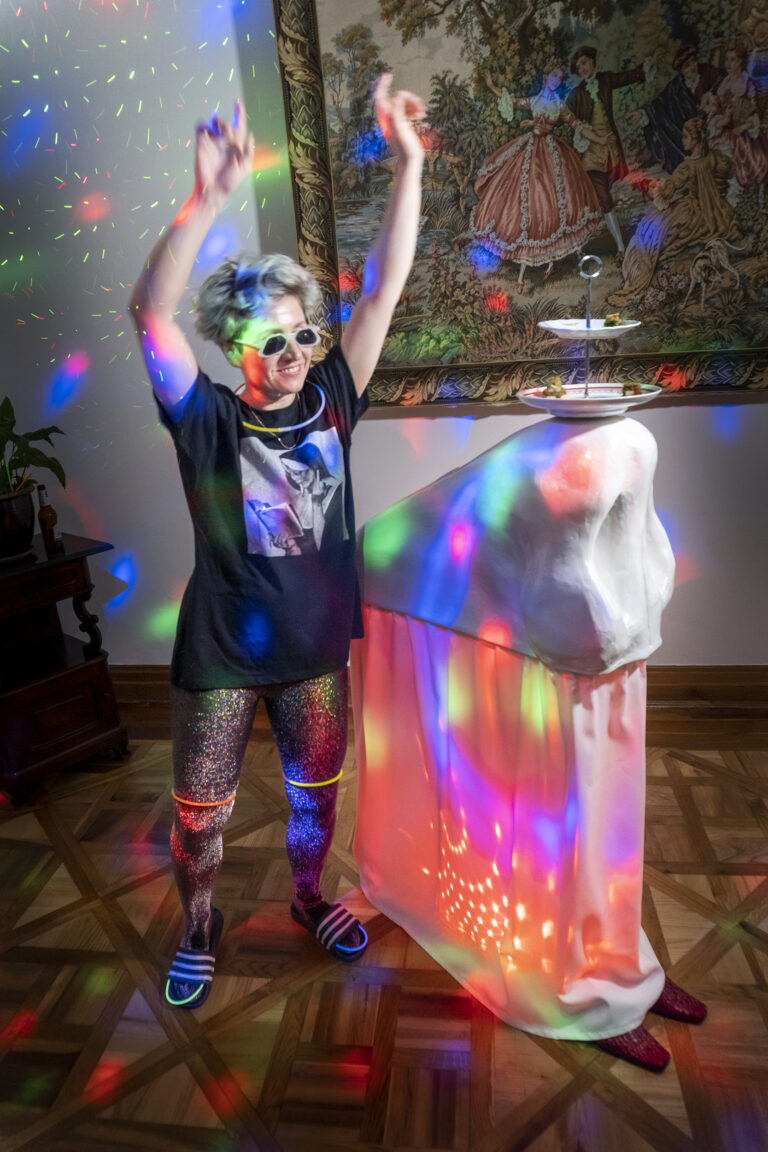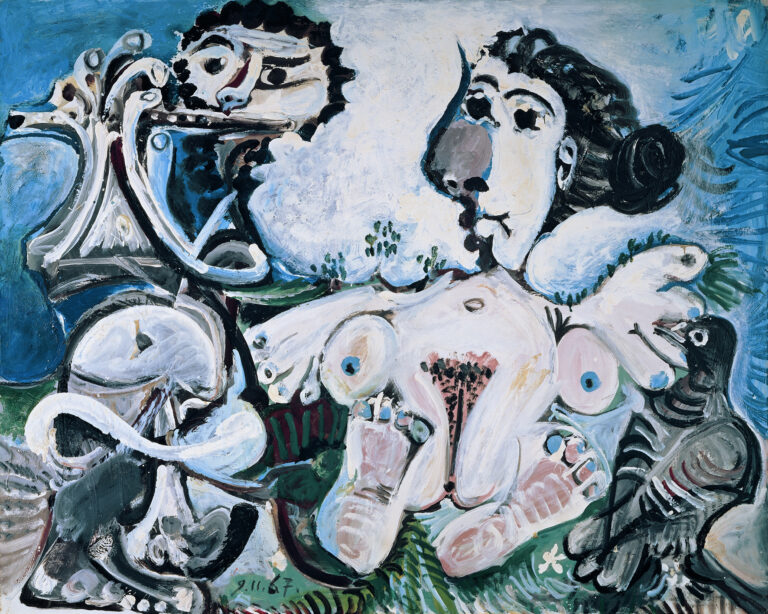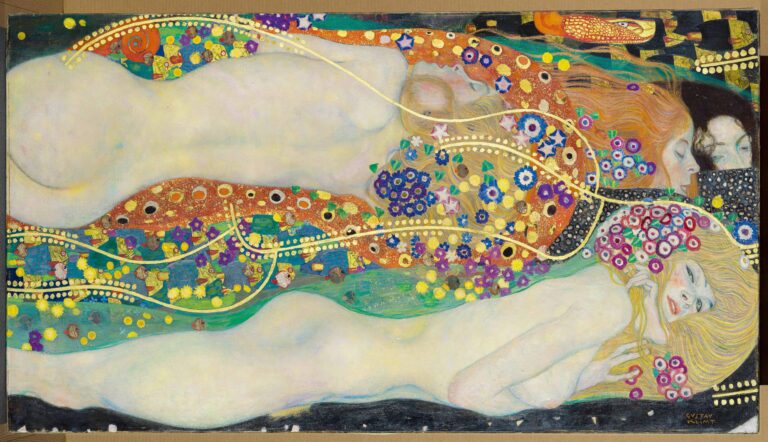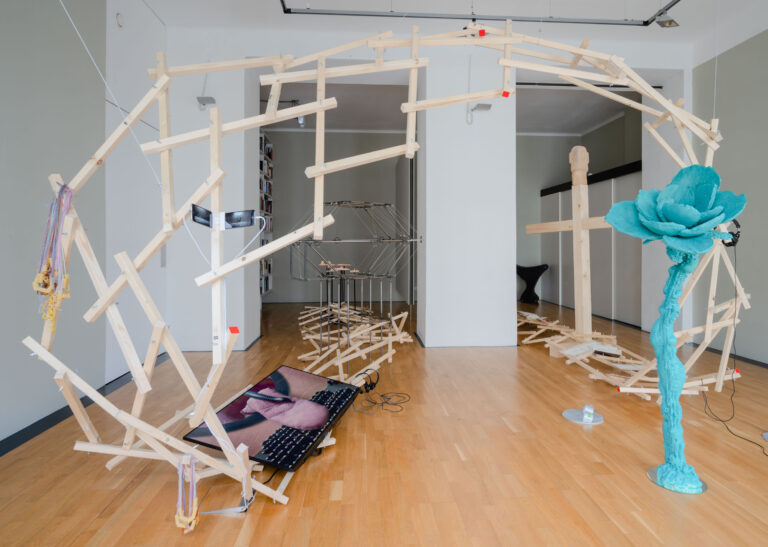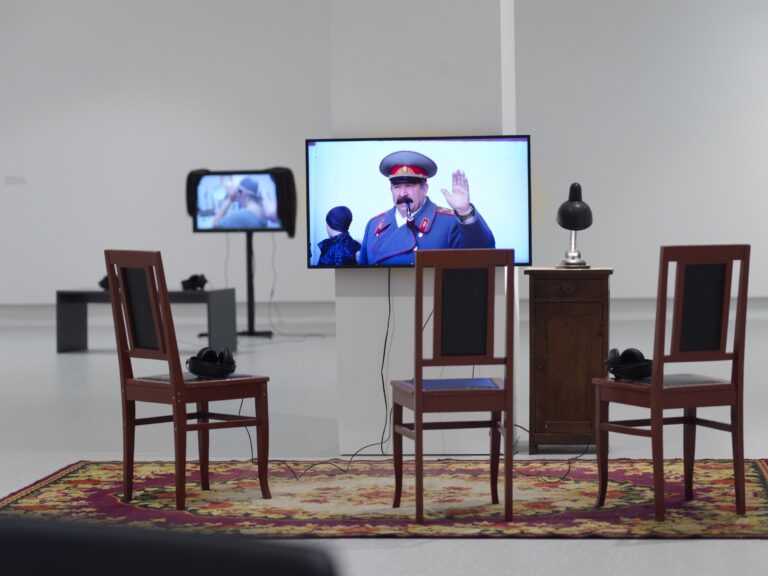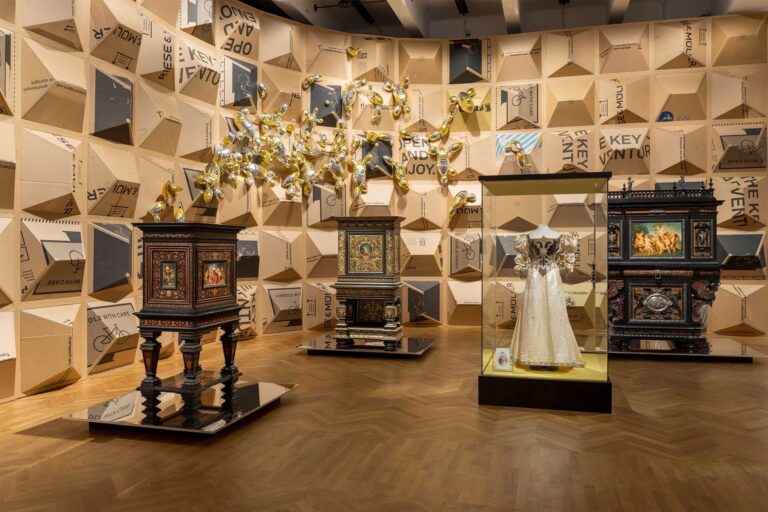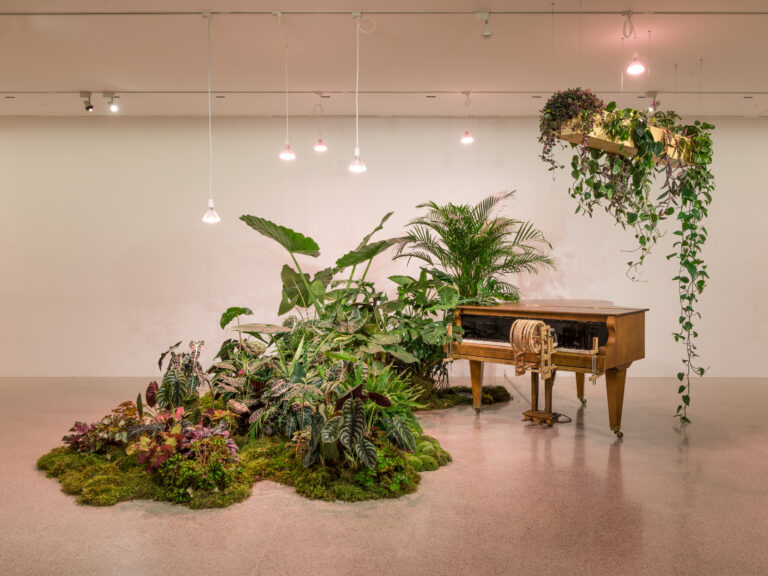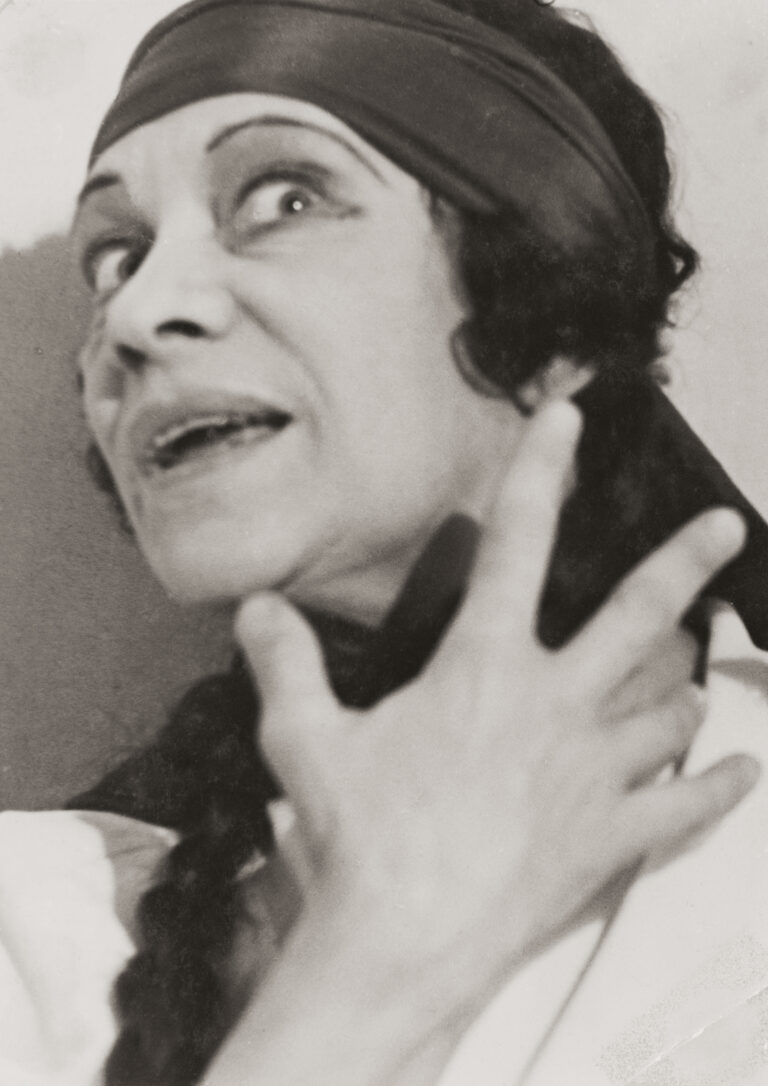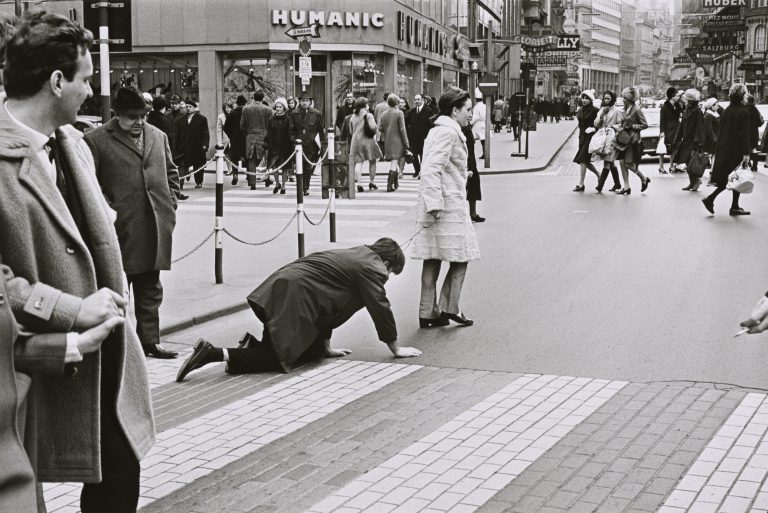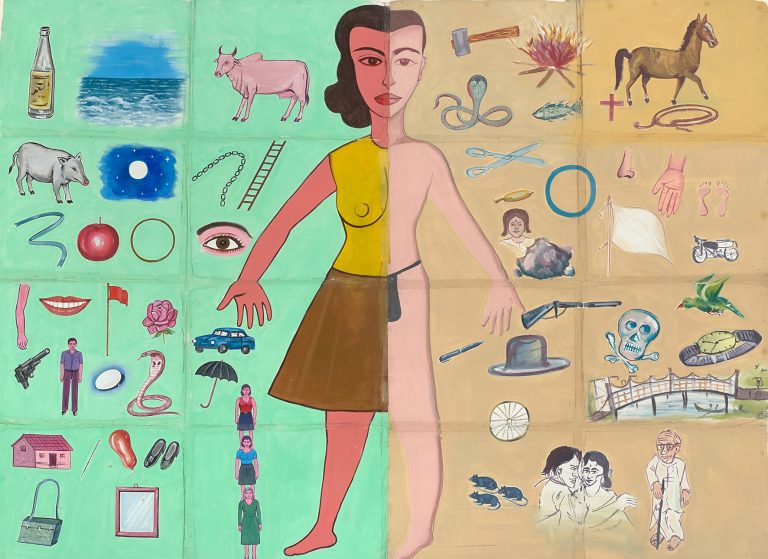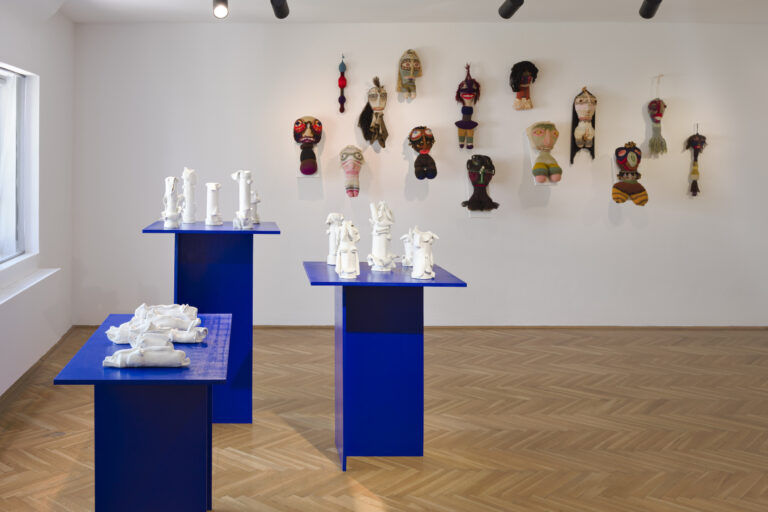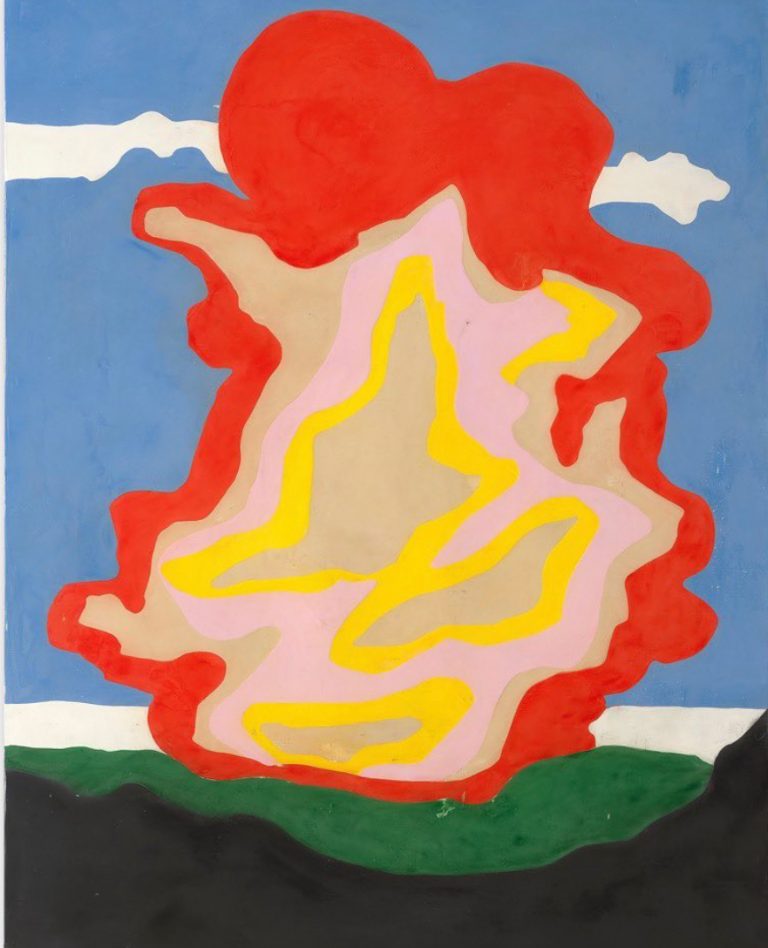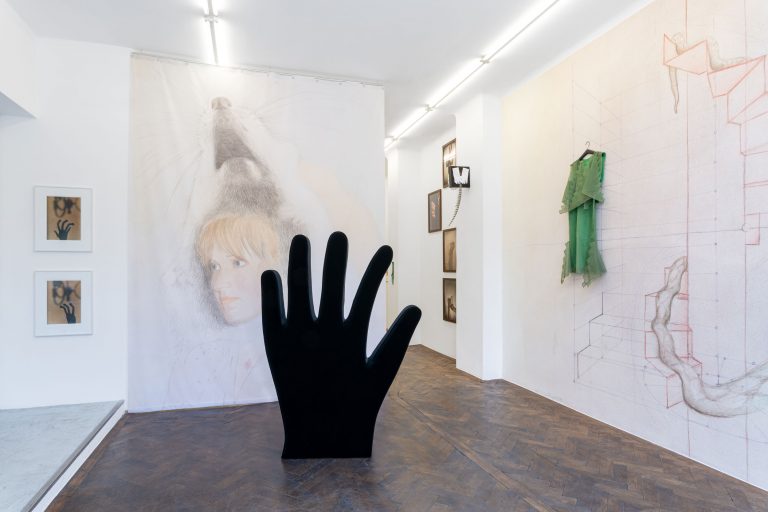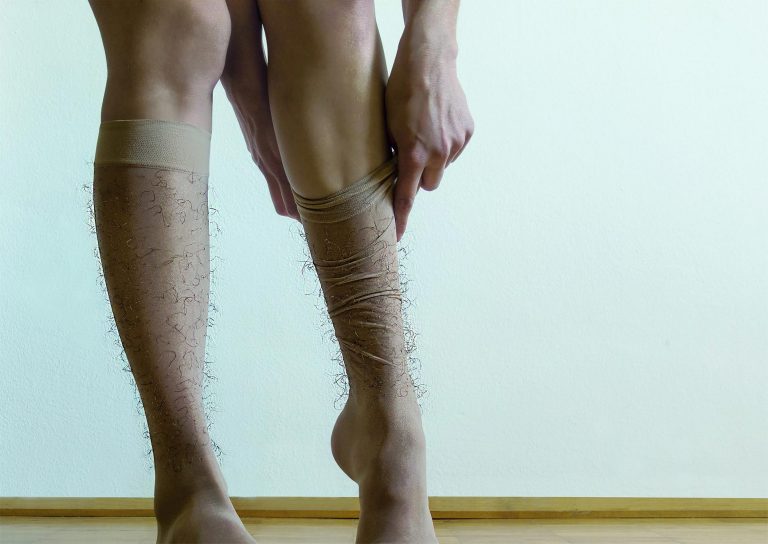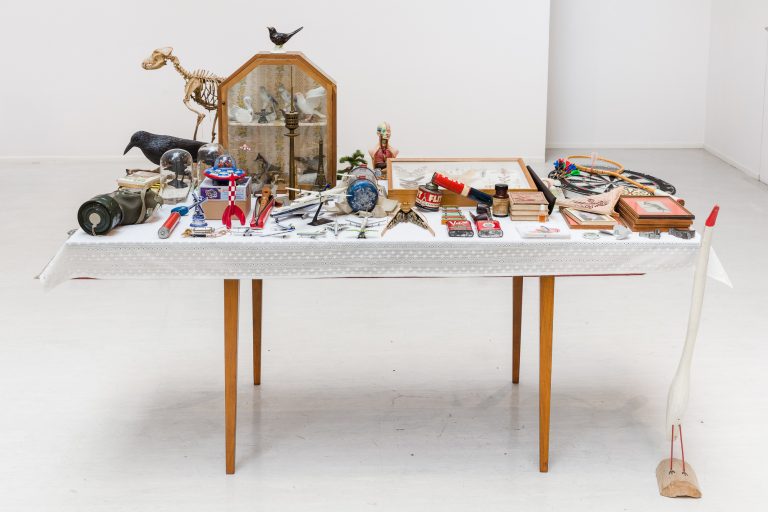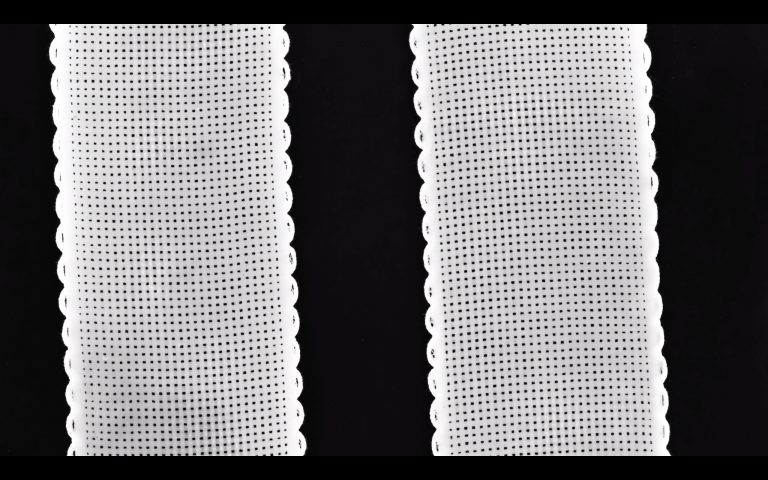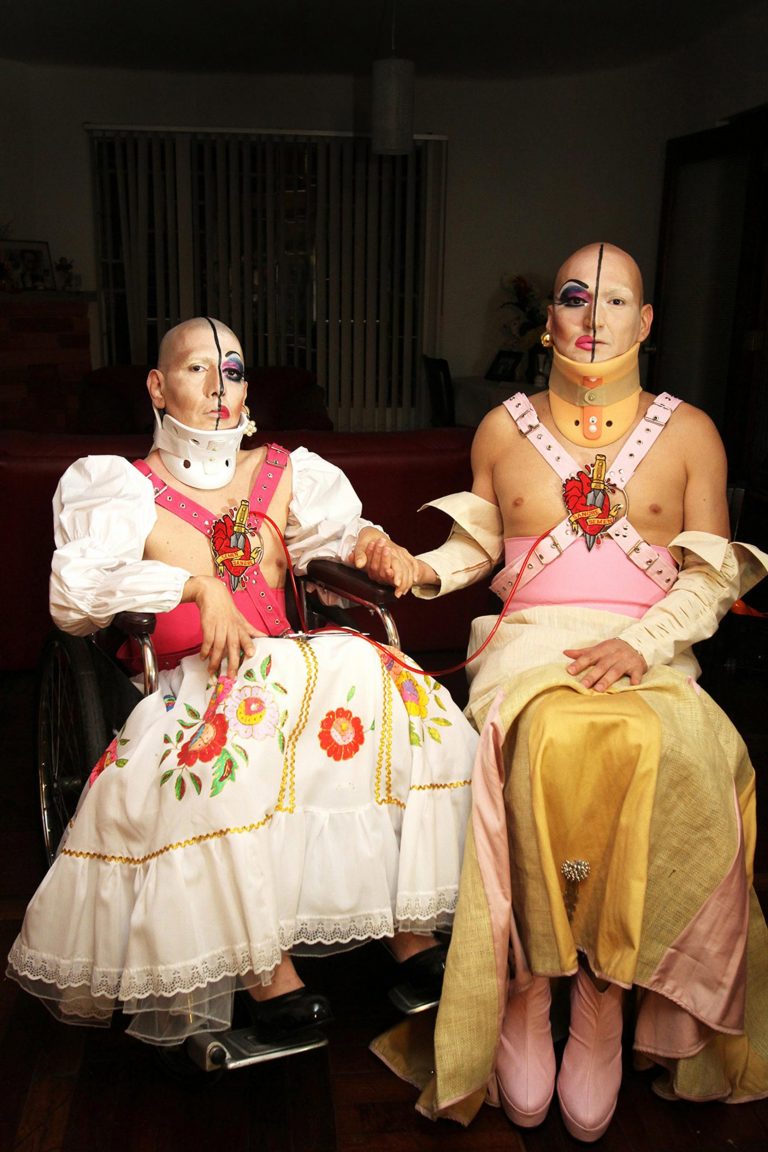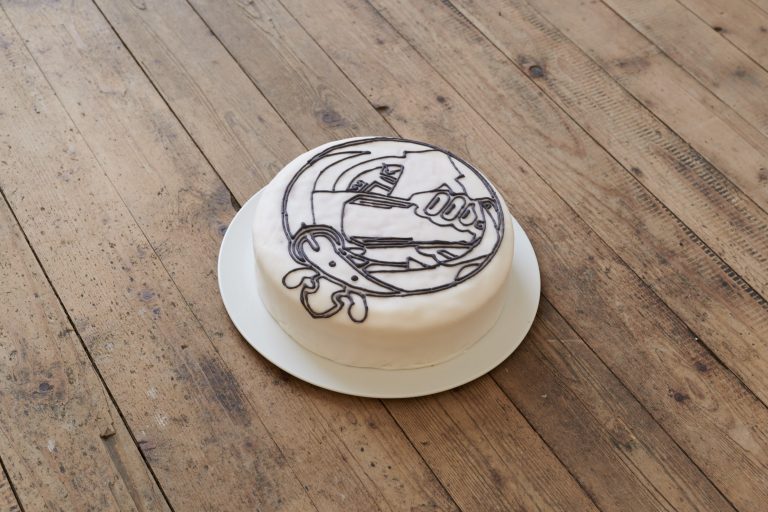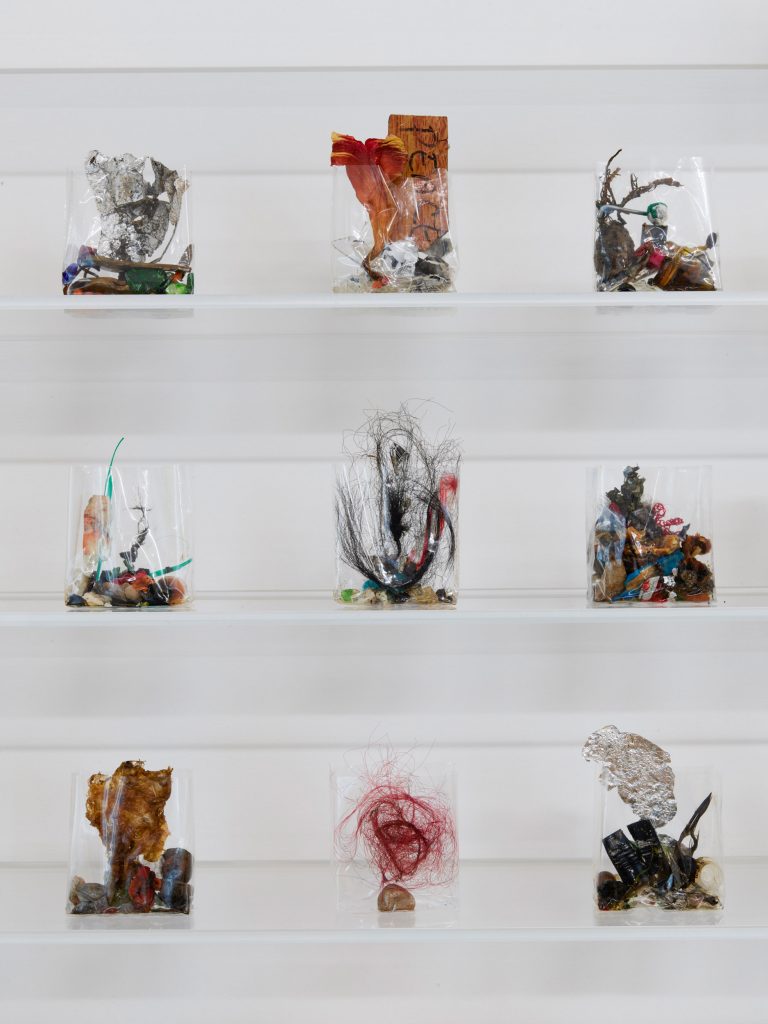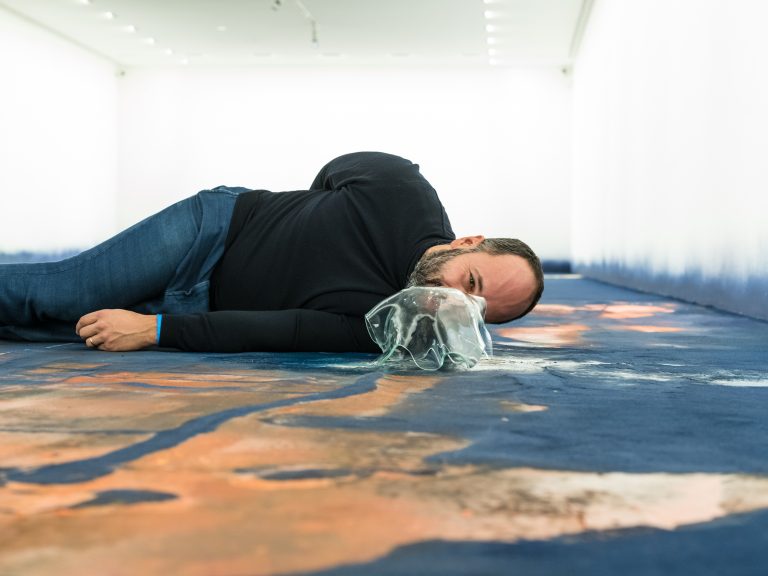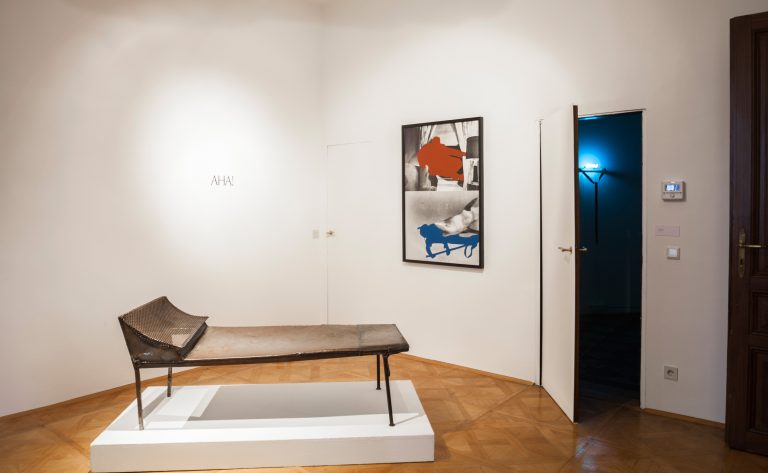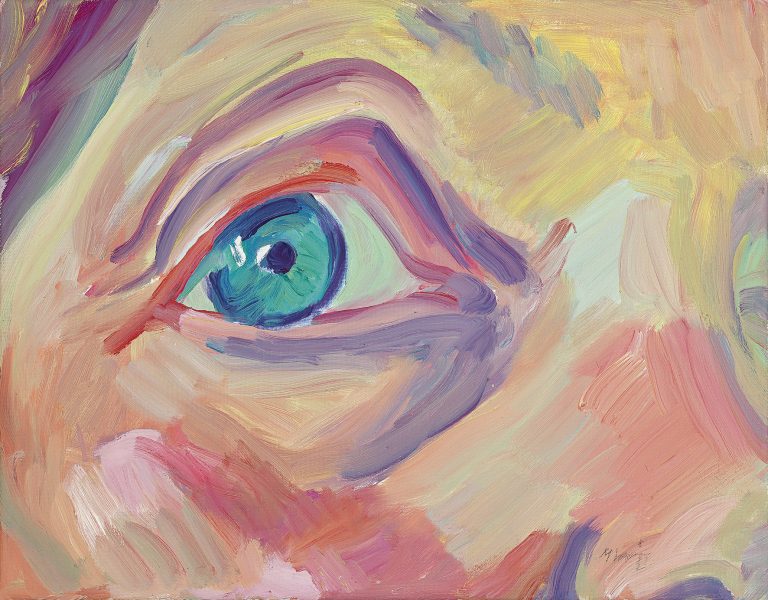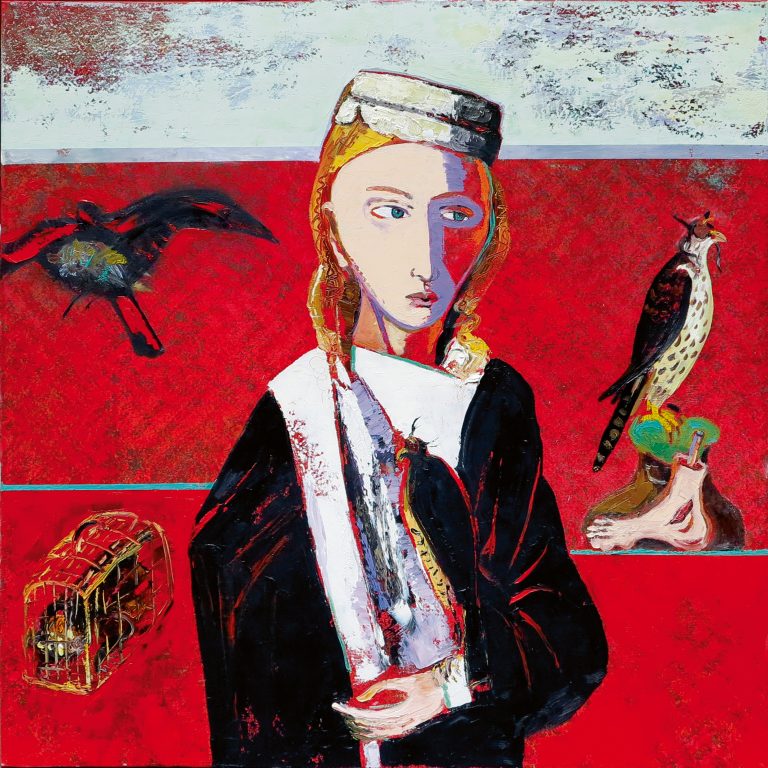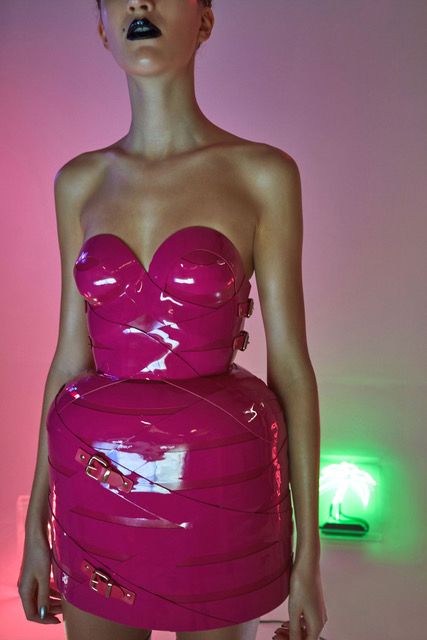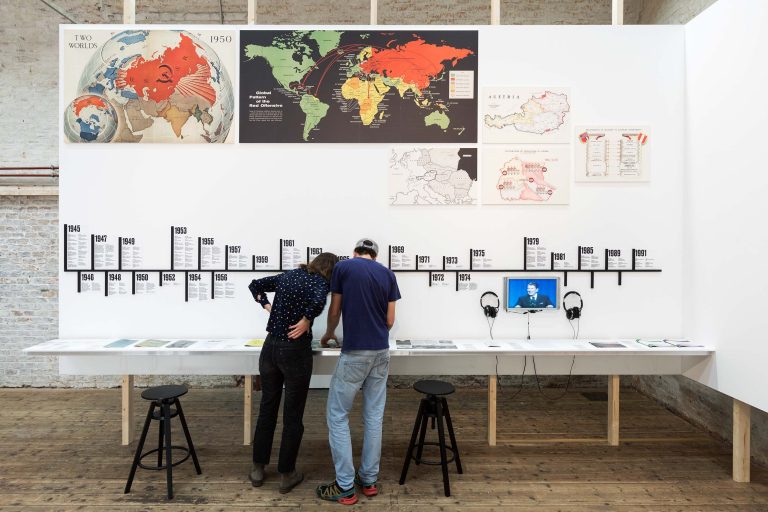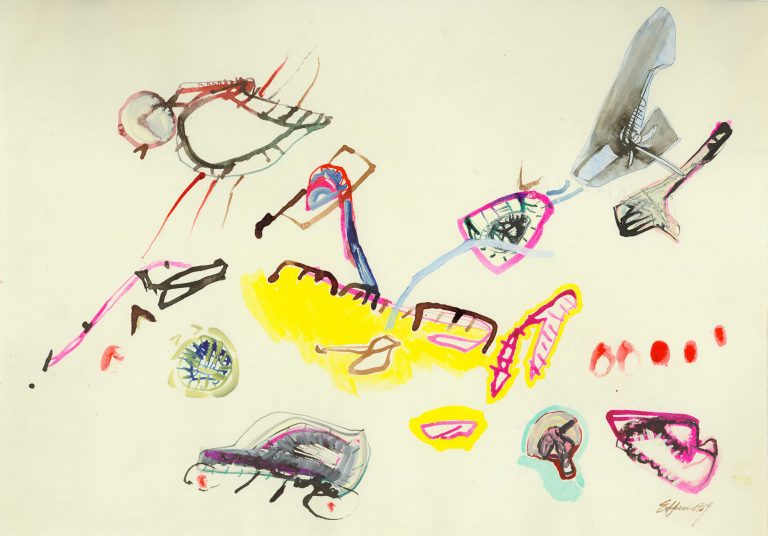So much death – Dom Museum Wien
Obviously, the end of life inspires the imagination of artists. Just how exciting this has remained over the centuries is shown by the Dom Museum Wien with the exhibition "Being Mortal".
A text by Sabine B. Vogel

Maria Lassnig, To love or not to love…, 1964/65, bis 2008 teilweise übermalt. Maria Lassnig Stiftung / Foundation, Maria Lassnig © Maria Lassnig Stiftung / Bildrecht, Wien 2023, Foto: Roland Krauss
Grim reapers, skulls, skeletons, soldiers, even the Christian descent from the cross – the motifs surrounding death are manifold. Obviously, the end of life inspires the imagination of artists. Just how exciting this has remained over the centuries is shown by the Dom Museum Wien with the exhibition “Being Mortal”.
The location is virtually predestined for that. Founded in 1933, the Dom Museum right next to St. Stephen’s Cathedral is home to the most important Austrian collection of historical sacred art. Death and mourning are an integral part of the religious works. As a result, this show perfectly combines the contemporary with the existing, for example when a mortuary chasuble from 1630 meets Manfred Erjautz’s “Blindflug” (2021): cast from aluminum, four horizontal bone compositions float on the ceiling. The skeleton covers its eye sockets with its long fingers, as if it no longer wants to see anything. Next to it, a skeleton on the black velvet background of the liturgical priest’s vestments points triumphantly to its trophies of the dead.

Manfred Erjautz, Blindflug // Blind Flight, 2021. Courtesy of the artist, Manfred Erjautz © Bildrecht, Vienna 2023, Photo: Reiner Riedler
The two works are part of the “Drawing against it” section, which also includes a large collection of magnificent drawings from the Otto Mauer Collection. From the etchings by the Belgian master James Ensor to Lovis Corinth’s “The Artist and Death” and Maria Bussmann’s “Visiting Death” from 2023, brief moments of mortality are captured – or, as in the oil painting “Triumph of Death” by Jan Brueghel the Younger (around 1620), celebrated in a multitude of small scenes.
Sybille Loew developed her work “Stiller Abtrag” (2023) for the stairwell: 200 embroidered signs hang from the ceiling on red threads. The title is used by funeral homes for “burials without relatives”, we read. The signs are reminiscent of the notes that are tied to the toes of corpses. The name, date of birth and age of 200 people who died alone in Vienna in 2022 are written on them.
The five intense chapters on mortality here almost make us forget that we are actually working very successfully day after day to suppress the fact of impending death.
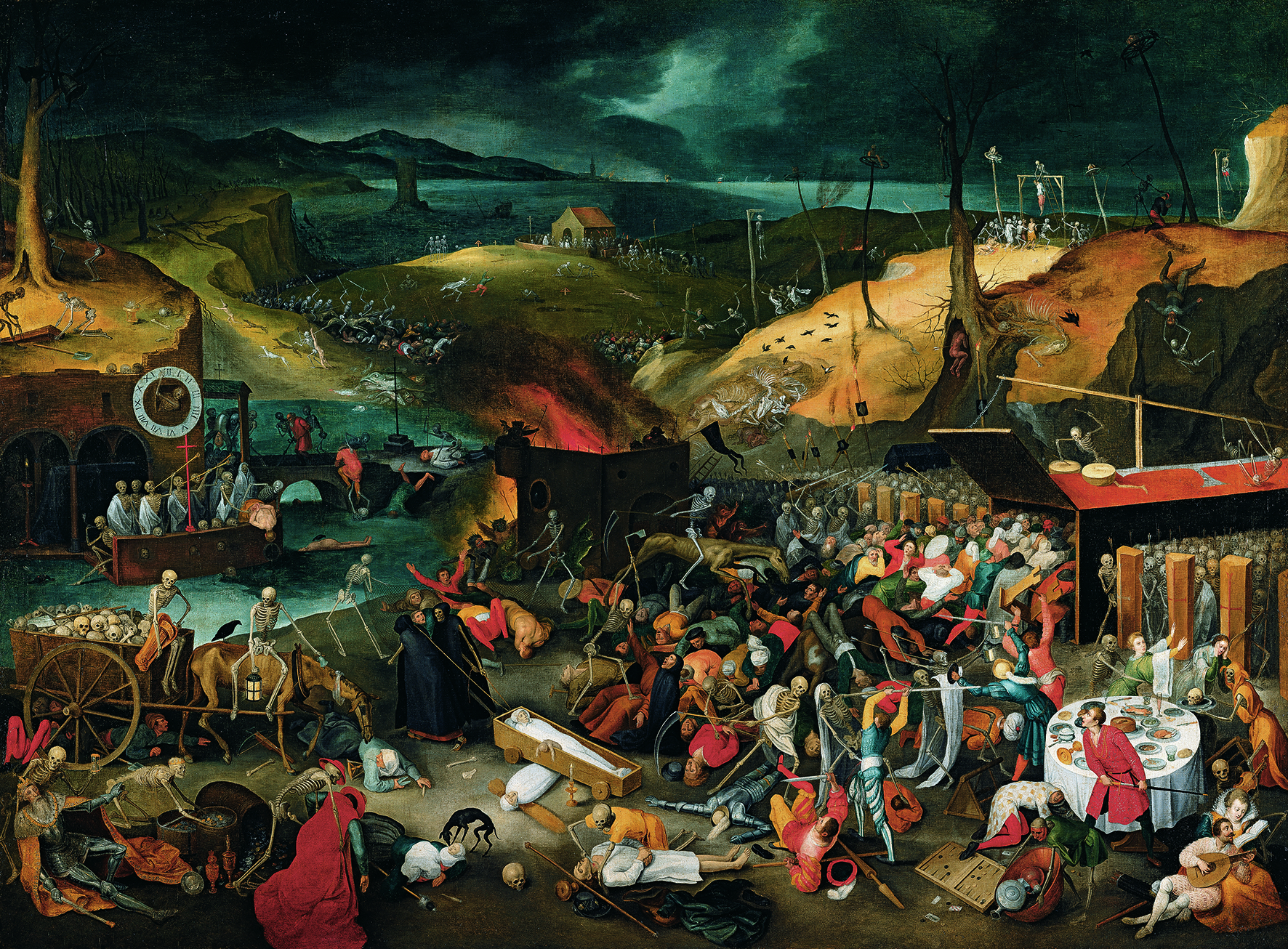
Jan Brueghel d. J., Triumph des Todes, around 1620. LIECHTENSTEIN. The Princely Collections, Vaduz–Vienna, Photo: © LIECHTENSTEIN. The Princely Collections, Vaduz–Vienna
